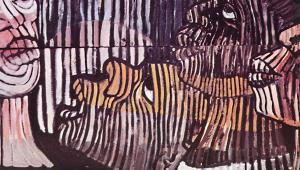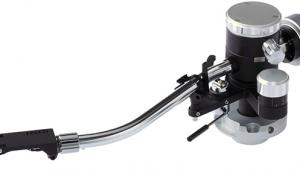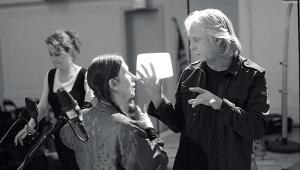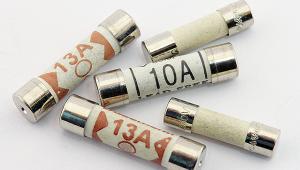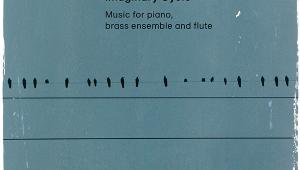Marantz CD-73 CD player Lab Report
This iconic CD player employs the same swingarm transport, servo and oversampling/DAC boards as Philips' original CD100 [HFN Oct '11] and its subsequent CD303 [HFN Nov '13]. Both these players were based on the seminal SAA7030/TDA1540 14-bit/4x oversampling chipset, the DAC itself proving to be very linear down to –70dBFs (within ±0.3dB) but showing a slightly compressive trend thereafter with signals at –80dBFs emerging at –77.5dB and those at –90dBFs at –86.8dB, etc. The limited number of taps in its first-generation SAA7030 linear phase FIR digital filter offer a moderate 51dB stopband suppression but incurs in-band ripples amounting to 0.25dB. We've seen this before, of course, but the 22.676μsec delay between left and right channels was not observed in our re-tests of other first-gen players [see impulse responses, Graph 2 below]. The one-sample-period delay is presumably a function of the extra logic gates in Marantz's 'hard-wired' replacement for Philips' CD decoder/error-correction IC used in the CD100, CD 303, etc.
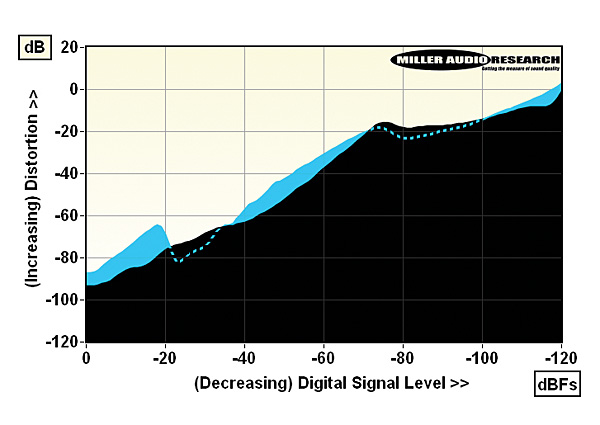
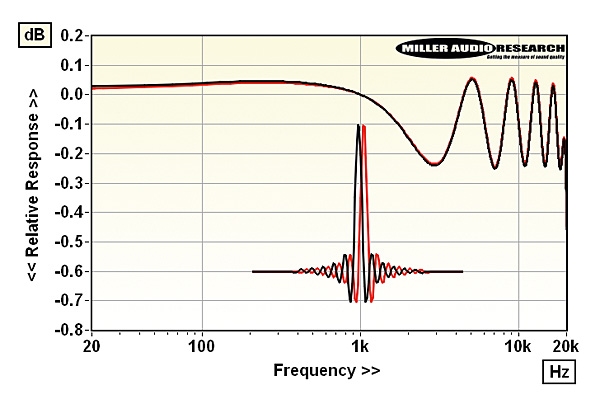
Otherwise distortion remains low for a 14-bit DAC at 0.0013-0.0035% at its peak 2.08V output (20Hz-20kHz) but the trend of THD versus digital level, with 'steps' at –20dBFs and –75dBFs, is much more erratic than the smooth 'textbook' diagonal achieved by modern DACs [see Graph 1, above]. Digital jitter – not measurable back in the day – is a very respectable 310psec although the spectrum is highly complex and populated with low-level PSU, data-induced and other sidebands related to digital processes within the CD-73. The 104.4dB A-wtd S/N ratio is also '1-bit' ahead of some 16-bit DACs, and would be superior still if it were not for two idle patterns at 650Hz and 3.575kHz. PM



























